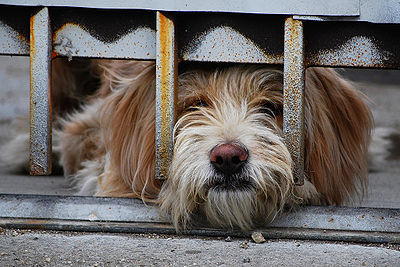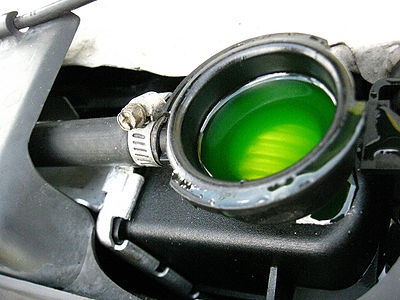
There is an old song that entreats “Don’t Fence Me In.” But in the case of our dogs, we’ve rewritten it to read “do fence me in.”
Even dogs that have been trained well and seemingly never disobey boundary limits may at some point decide to run off. You don’t want to take the chance that your dog, driven by prey instinct or some distraction, decides suddenly to explore beyond the boundary. There are too many stories of these dogs being dognapped or hit by cars or never being found.
Fenced-in yards don’t take the place of a leashed walk, but they do have advantages.
House training a puppy or new dog is easier because of the freedom of the yard. You can even train your dog to eliminate in a special area of the yard.
Your dog can run free through the yard enjoying sights and smells and playing off-leash in a safe environment.
Fences prevent 2 or 4-legged unwanted creatures from entering your property.
That old saying that “good fences make good neighbors” applies, knowing your dog stays in his own place.
When choosing a fence, know your dog’s capabilities. Is s/he a jumper, a digger, a chewer, a climber? This can help you decide what type of fence is suitable.
Fences can be made of wood, metal or plastic and be picket, post and rail, mesh or chain-link. The size and behavior of your dog can help you determine the height of the fence, usually up to 6 feet tall. Check the regulations of your community about restrictions concerning the type and height of fence allowed.
To be safe fences should be sunk into the ground to assure your dog won’t dig his way out. If you have a dog like my GSD, wood may not be a good choice as it’s tempting to chew on and I have the chewed bits to prove it.
Install a secure gate that your dog can’t learn to open. Put up a sign telling service people and reminding the children that there is a dog on the property and please keep the gate well secured.
Train your dog not to run out of the gate or any door if it is left open.
Don’t keep anything next to the fence that your dog can use to jump on and climb over the fence. My daughter has a neighbor whose dog uses a storage bin up against the fence to climb on and jump over into her yard.
Check the fence regularly for any repairs that may be necessary. Don’t delay, make the repairs as quickly as possible.
Some people, due to community restrictions or simply choice, use an invisible fence. These have a wire running under ground around the area or a wireless radio system. The dog wears a special battery-operated collar that beeps if the dog gets too close to the boundary. If rhe dog does not move away, he receives a shock, similar to the static electricity charge felt when touching something metal in cold weather. It won’t hurt the dog, but it is unpleasant and will remind him during training to stay within the boundary.
If you choose the invisible fence, please make sure the manufacturer is reliable and it is properly installed. This fence and the batteries in the dog’s collar should be checked regularly to make sure they are working properly.
Invisible fences do not keep anyone out nor are they advisable for small areas as your dog won’t have enough room to run and play. They are also not appropriate for aggressive dogs.
Even with a fenced-in yard you need to check on your dog at regular intervals. If you are not at home, please don’t leave your dog outside. Remember to keep your fence in good repair.
Along with walking your dog, fenced-in yards give him/her an opportunity to enjoy neighborhood sights and sounds while exercising in a safe area.



